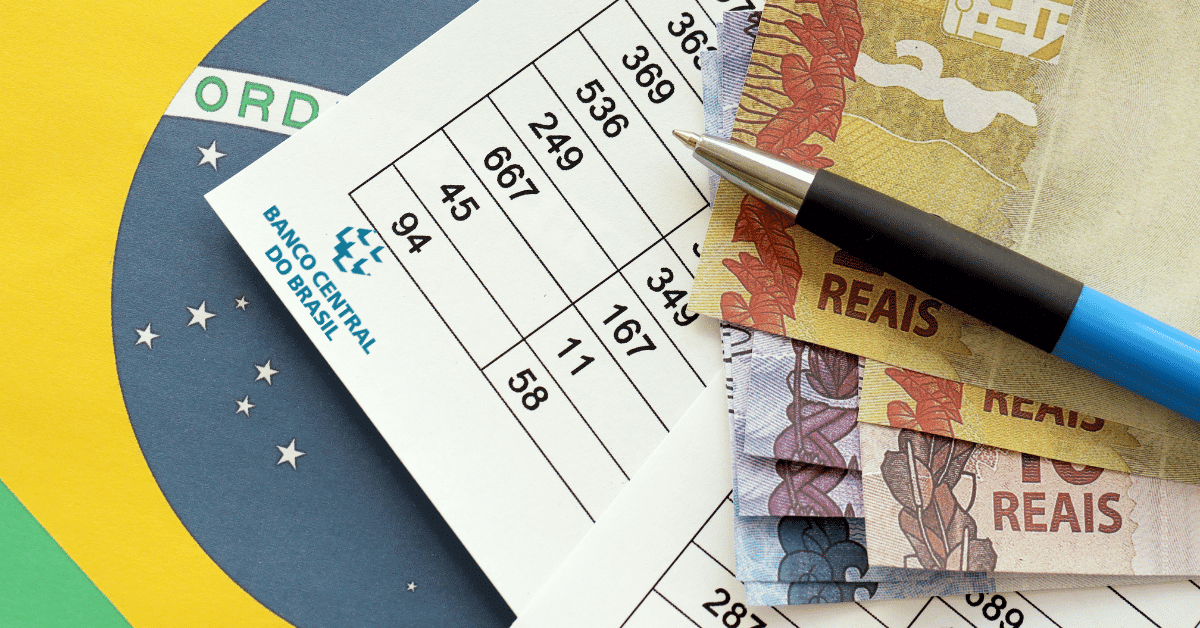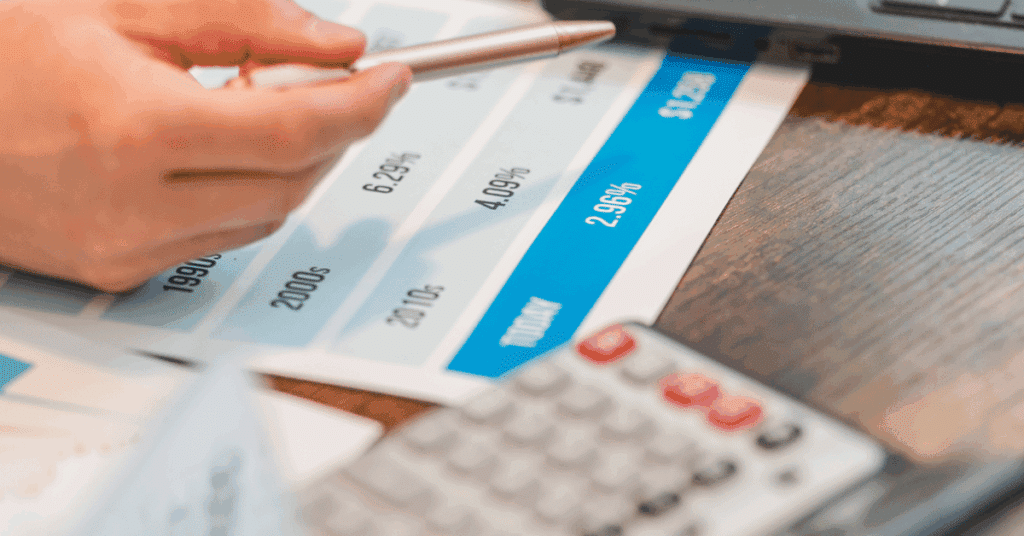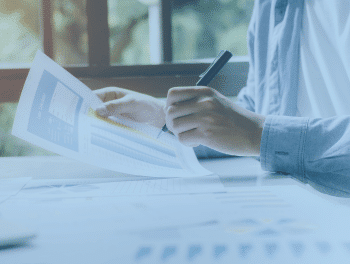
Topics
This “Super Wednesday” (May 7, 2025), the Brazilian financial market turned its attention to the decision of the Monetary Policy Committee (Copom) of the Central Bank of Brazil regarding the Selic rate, our basic interest rate. Confirming the expectations of most analysts, Copom decided to raise the Selic by 0.50 percentage points, taking it from 14.25% to **14.75% per annum**. This is the highest level for the Selic rate in nearly two decades, reflecting the Central Bank’s ongoing efforts to curb persistent inflation that has challenged the Brazilian economy.
But what does this seemingly technical change mean for your daily life, your investments, and, crucially, your debts? Understanding the **interest rate impact** is fundamental for good **financial planning** and protecting your assets. The Selic influences all other interest rates in the country, from savings account yields to credit card and financing interest.
Why Did the Selic Rise Again?
The Central Bank’s primary mission when raising the Selic rate is to control inflation. Higher interest rates tend to make credit more expensive, initially discouraging consumption and productive investments. With less money circulating and lower demand, pressure on prices tends to decrease, helping to bring inflation towards the government-set target. Recent **financial news today** indicates that inflation remains under pressure, especially in food and service prices, justifying this further hike.
Although the long-term goal is beneficial (controlling inflation protects the population’s purchasing power), in the short and medium term, a high Selic rate presents challenges. The cost of money becomes higher for everyone: for those wanting to finance a property, buy a car, or even for companies seeking capital to expand their businesses.
Impact on Your Investments
With the Selic at 14.75% per annum, fixed-income investments become even more attractive, especially post-fixed ones that track the Selic itself or the CDI (which usually moves very close to the Selic).
- Tesouro Selic (Brazilian Treasury Bonds linked to Selic): Becomes an even more interesting option for an emergency fund or for those seeking safety with good returns, yielding close to the new rate.
- CDBs, LCIs, and LCAs (Bank-issued bonds): Securities issued by banks that pay a percentage of the CDI will also yield more. It’s important to research options offering 100% of CDI or more, and that have FGC (Credit Guarantee Fund) protection.
- DI Funds (Fixed Income Funds): Funds investing in Selic/CDI-linked securities also benefit, but keep an eye on administration fees, which can erode part of the gains.
- Savings Accounts: Savings accounts continue with their yield limited by the current rule (0.5% per month + TR, when Selic is above 8.5% p.a.). With Selic at 14.75%, it loses even more attractiveness compared to other more profitable and equally safe fixed-income options.
- Variable Income (Stocks, Real Estate Funds): Higher interest rates tend to make variable income less attractive in the short term, as investors may prefer the safety of fixed income with high returns. However, for the long-term investor, stock market downturns can represent opportunities to buy good assets at lower prices. It’s crucial to analyze each case and have a well-defined strategy. Explore our Investing for Beginners section for more information.
Impact on Your Debts and Credit

This is perhaps the most felt impact by the majority of the population. Higher interest rates mean more expensive and harder-to-get credit.
- Credit Card and Overdraft: The rates for these modalities, already the highest in the market, tend to rise further. Avoid revolving credit card debt and overdraft usage at all costs. If you are in debt, look for strategies to pay off your debts as soon as possible.
- Financing (Real Estate, Vehicles): Rates for new financing tend to increase, making the acquisition of these goods more costly. If you already have a fixed-rate loan, your installments won’t change. But if it’s post-fixed or linked to inflation indexes, there might be an impact.
- Personal and Payroll Loans: Similarly, new loans will become more expensive. It’s a time to be extra cautious before taking on new debt.
How to Prepare for This Scenario?
- Review Your Budget: With more expensive credit, good financial control is essential. Identify superfluous expenses and try to save.
- Prioritize Debt Repayment: Especially those with higher interest rates, like credit cards and overdrafts. Renegotiating can be a good alternative.
- Strengthen Your Emergency Fund: Having a financial cushion is even more important in times of economic instability and high interest rates.
- Invest Wisely: Take advantage of opportunities in fixed income, but don’t abandon your long-term strategy if it includes variable income. Diversification is key.
- Avoid Unnecessary New Debts: Think twice before making installment purchases or taking out loans at this time.
The Selic rate hike to 14.75% per annum is a significant move in the **current Brazilian economy**. Staying informed and adjusting your **financial planning** is the best way to navigate this period. For more analysis and tips, continue following the Dívidas em Dia blog and follow us on X (formerly Twitter): @dividasemdia.




Leave a Comment